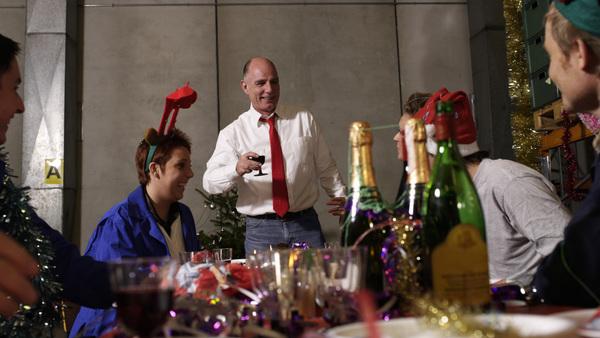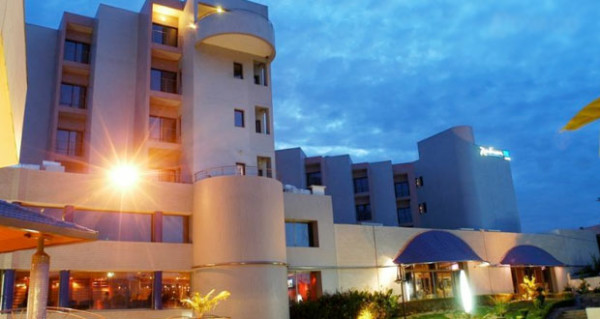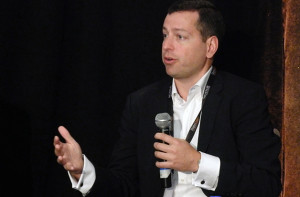With the Thanksgiving weekend behind us, attention turns to celebrating with family, friends — and coworkers at the company holiday party.
A majority of organizations are still planning to hold holiday or end-of-year parties; however, a growing number of employers are cutting back, according to a recent survey from the Society for Human Resource Management. The survey found that almost two-thirds (65%) of human resource professionals said their organizations would host a party for all employees. But 30% of respondents said that no party was planned at their organization, an increase of 13 percentage points from 2012.
How and where will those companies celebrate? A majority — 67% — of respondents said their party would be off site, and 22% said they would close early that day. More than half (59%) said alcohol would be served at the party. Of those planning to serve alcohol, 47% indicated they would regulate alcohol consumption at the event, with 71% using drink tickets or having a drinks maximum.
Employers are concerned about possible repercussions from employees drinking too much, for example:
  • Drunk driving and possible motor vehicle accidents.
  • Workers compensation for falls and other injuries.
  • Discrimination claims, including sexual harassment and religious
   discrimination.
  • Injury to third parties.
  • Premises liability.
  • Underage drinking.
In addition to employer-based liability, many organizations are concerned about their “social host†liability as well. In some states, social host liability is limited to people hosting parties at which minors are served alcohol. In other states, employers may be liable for underage drinking at work functions, and there are still other states in which the law is less clear. The safest action is to develop a policy and guidelines, with advice from your legal counsel and input from the human resources department, then distribute that policy to all employees.
For more:Â http://bit.ly/1ODgF55














